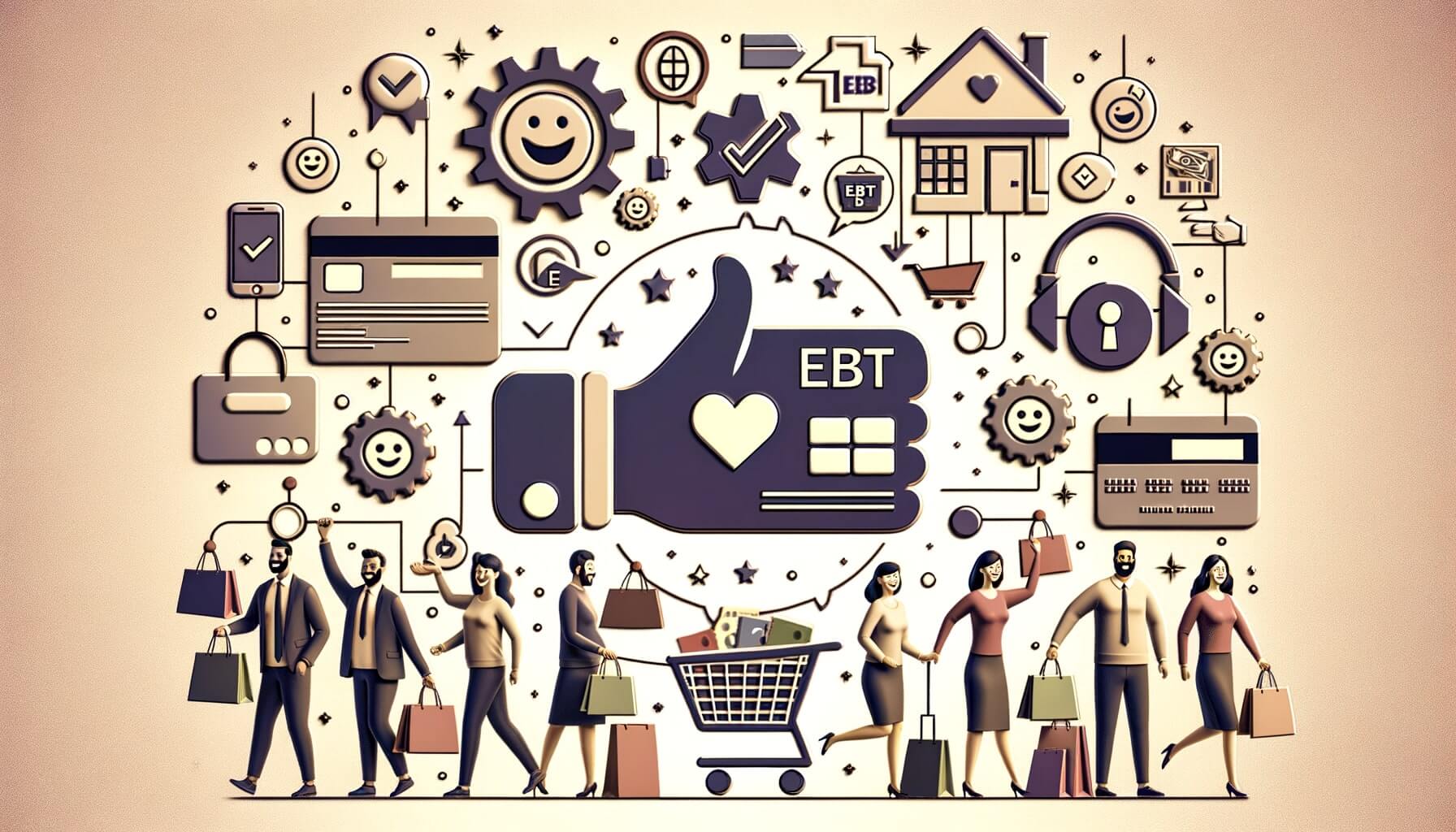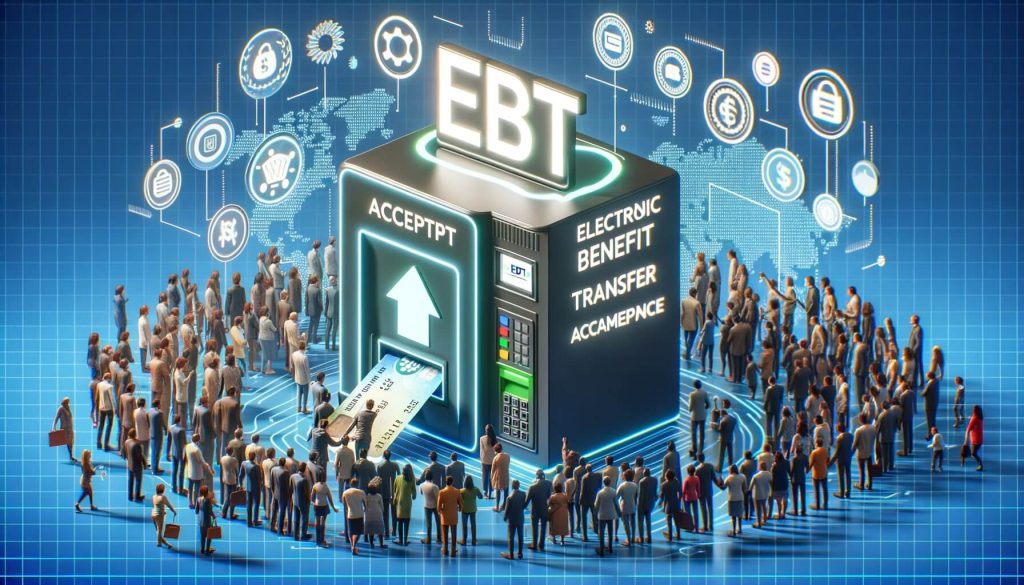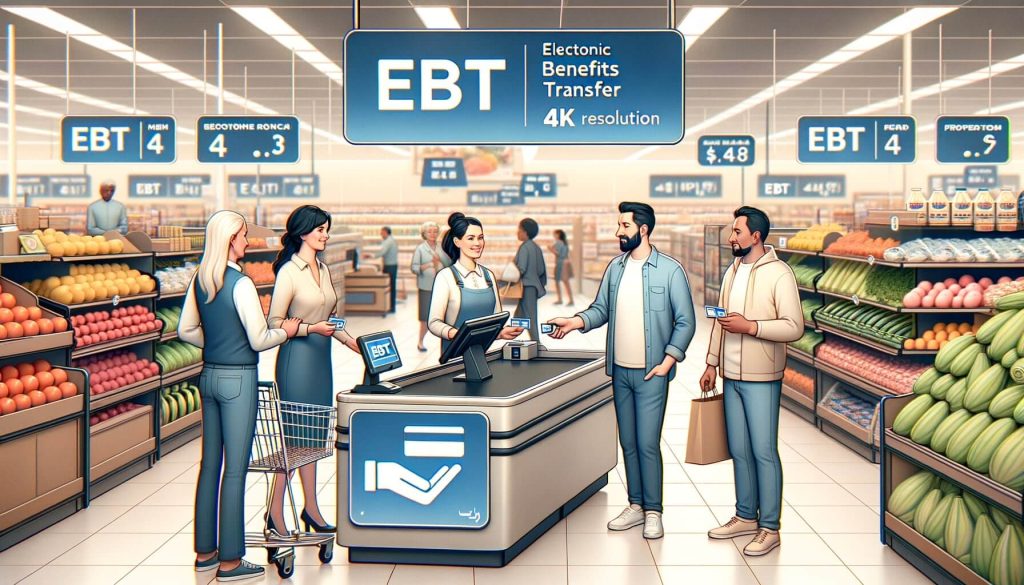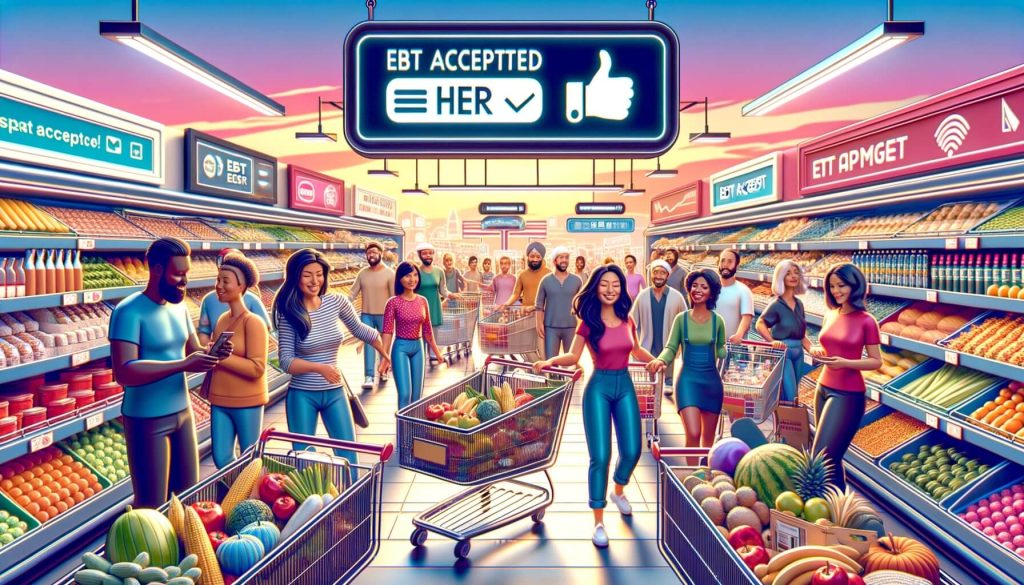
By Ethan Brooks February 9, 2025
In today’s competitive business landscape, building customer loyalty has become a crucial aspect of success for businesses across various industries. Customer loyalty refers to the willingness of customers to repeatedly engage with a particular brand or business, making repeat purchases and recommending the brand to others. It is a valuable asset for any business as it leads to increased customer retention, higher sales, and a positive brand reputation.
Building customer loyalty is essential because it helps businesses establish long-term relationships with their customers. Loyal customers are more likely to continue purchasing from a brand, even when faced with alternative options. They also tend to spend more money on each transaction and are more receptive to upselling and cross-selling efforts. Moreover, loyal customers often become brand advocates, spreading positive word-of-mouth and attracting new customers.
Exploring the Benefits of Accepting Electronic Benefit Transfer (EBT)

Electronic Benefit Transfer (EBT) is a system that allows recipients of government assistance programs, such as the Supplemental Nutrition Assistance Program (SNAP), to access their benefits electronically. EBT cards function like debit cards, enabling users to make purchases at authorized retailers. Accepting EBT payments can bring several benefits to businesses, including increased customer base, higher sales volume, and improved brand perception.
By accepting EBT payments, businesses can tap into a significant customer segment that relies on government assistance programs. According to the United States Department of Agriculture (USDA), over 42 million Americans received SNAP benefits in 2020. This represents a substantial market opportunity for businesses, especially those in the food and grocery sectors. By catering to EBT users, businesses can expand their customer base and attract a loyal customer segment.
Accepting EBT payments can also lead to higher sales volume. EBT users often have limited financial resources and prioritize spending their benefits on essential items, such as groceries. By accepting EBT, businesses can capture a portion of these customers’ spending power, increasing their overall sales.
Additionally, EBT users tend to make frequent purchases, as their benefits are typically distributed on a monthly basis. This regular customer traffic can contribute to sustained sales growth for businesses.
Creating a Seamless EBT Acceptance Process for Customers

To effectively leverage EBT acceptance for building customer loyalty, businesses need to ensure a seamless and user-friendly EBT acceptance process for their customers. This involves implementing the necessary infrastructure, training employees, and providing clear instructions to customers.
The first step in creating a seamless EBT acceptance process is to obtain the required authorization from the appropriate government agencies. Businesses must apply to become authorized retailers for EBT acceptance, which involves completing an application process and meeting specific eligibility criteria. Once authorized, businesses receive the necessary equipment, such as point-of-sale (POS) terminals, to process EBT transactions.
Training employees is another crucial aspect of creating a seamless EBT acceptance process. Employees should be educated about the EBT program, including its benefits, eligibility requirements, and transaction procedures. This ensures that they can assist customers effectively and answer any questions or concerns related to EBT payments. Well-trained employees contribute to a positive customer experience, which is essential for building customer loyalty.
Providing clear instructions to customers is equally important. Businesses should display visible signage indicating that they accept EBT payments. Additionally, they should communicate the accepted items and any restrictions or limitations associated with EBT transactions. Clear instructions help customers navigate the EBT acceptance process smoothly, reducing confusion and frustration.
Enhancing Customer Experience through EBT Acceptance

A positive customer experience is a key driver of customer loyalty. By enhancing the customer experience through EBT acceptance, businesses can foster stronger relationships with their customers and increase loyalty. There are several strategies businesses can employ to enhance the customer experience in the context of EBT acceptance.
Firstly, businesses should ensure that their EBT acceptance process is efficient and convenient for customers. This includes minimizing transaction times, providing prompt customer service, and offering additional services, such as bagging assistance or home delivery. By streamlining the EBT acceptance process, businesses can reduce customer wait times and create a more pleasant shopping experience.
Secondly, businesses can personalize the customer experience by tailoring their offerings to the needs and preferences of EBT users. This can involve offering discounts or promotions on items commonly purchased by EBT users, such as fresh produce or staple food items. By catering to the specific needs of EBT users, businesses can demonstrate their commitment to serving this customer segment and build loyalty.
Strategies for Building Customer Loyalty through EBT Acceptance
Building customer loyalty through EBT acceptance requires a strategic approach that goes beyond simply accepting EBT payments. Businesses can implement various strategies to foster loyalty among EBT users and encourage repeat purchases.
One effective strategy is to implement a loyalty program specifically designed for EBT users. Loyalty programs incentivize customers to make repeat purchases by offering rewards, discounts, or exclusive benefits. By tailoring a loyalty program to the needs and preferences of EBT users, businesses can encourage them to choose their brand over competitors and build long-term loyalty.
Another strategy is to engage with EBT users through targeted marketing campaigns. Businesses can leverage customer data to segment their EBT customer base and deliver personalized marketing messages.
For example, businesses can send targeted emails or SMS notifications about special promotions or new product offerings that are relevant to EBT users. By staying top-of-mind and providing value-added information, businesses can strengthen their relationship with EBT customers.
Leveraging Technology to Improve EBT Acceptance and Loyalty Programs
Technology plays a crucial role in improving EBT acceptance and loyalty programs. Businesses can leverage technology to streamline the EBT acceptance process, enhance customer experience, and gather valuable customer data for targeted marketing efforts.
One way businesses can leverage technology is by implementing advanced POS systems that are specifically designed for EBT acceptance. These systems can automate the EBT transaction process, reducing the potential for errors and improving efficiency. Additionally, advanced POS systems can integrate with loyalty programs, allowing businesses to track customer purchases and offer personalized rewards or discounts.
Mobile applications can also be utilized to enhance the EBT acceptance process and loyalty programs. Businesses can develop mobile apps that allow EBT users to easily check their benefit balances, locate authorized retailers, and receive personalized offers. Mobile apps provide convenience and accessibility, making it easier for EBT users to engage with a brand and build loyalty.
Overcoming Challenges in Implementing EBT Acceptance for Customer Loyalty
Implementing EBT acceptance for customer loyalty can come with its own set of challenges. Businesses need to be aware of these challenges and develop strategies to overcome them effectively.
One common challenge is the complexity of the EBT program and its associated regulations. Businesses must ensure compliance with government guidelines and stay updated on any changes or updates to the program. This requires ongoing training and education for employees, as well as regular communication with government agencies.
By staying informed and proactive, businesses can navigate the regulatory landscape and minimize potential disruptions to their EBT acceptance process.
Another challenge is the potential stigma associated with accepting EBT payments. Some businesses may worry that accepting EBT payments could negatively impact their brand image or attract negative perceptions from other customers.
To overcome this challenge, businesses can focus on highlighting the positive aspects of EBT acceptance, such as supporting local communities and providing access to essential goods. By framing EBT acceptance as a socially responsible initiative, businesses can mitigate any potential stigma and build a positive brand reputation.
Frequently Asked Questions (FAQs) about EBT Acceptance and Customer Loyalty
Q1: What is Electronic Benefit Transfer (EBT)?
A1: Electronic Benefit Transfer (EBT) is a system that allows recipients of government assistance programs, such as SNAP, to access their benefits electronically. EBT cards function like debit cards, enabling users to make purchases at authorized retailers.
Q2: How can accepting EBT payments benefit businesses?
A2: Accepting EBT payments can benefit businesses by expanding their customer base, increasing sales volume, and improving brand perception. EBT users represent a significant market opportunity, and accepting EBT payments can attract a loyal customer segment.
Q3: How can businesses create a seamless EBT acceptance process for customers?
A3: Businesses can create a seamless EBT acceptance process by obtaining the necessary authorization, training employees, and providing clear instructions to customers. This ensures that customers can navigate the EBT acceptance process smoothly.
Q4: How can businesses enhance the customer experience through EBT acceptance?
A4: Businesses can enhance the customer experience through EBT acceptance by ensuring efficiency and convenience, personalizing offerings, and providing additional services. Streamlining the EBT acceptance process and tailoring offerings to the needs of EBT users can create a positive shopping experience.
Conclusion
As businesses continue to recognize the importance of building customer loyalty, accepting Electronic Benefit Transfer (EBT) payments presents a valuable opportunity. By tapping into the significant customer segment that relies on government assistance programs, businesses can expand their customer base, increase sales volume, and improve brand perception.
Creating a seamless EBT acceptance process, enhancing the customer experience, and implementing strategic loyalty programs are essential for building customer loyalty through EBT acceptance. Leveraging technology can further improve EBT acceptance and loyalty programs, allowing businesses to streamline processes, personalize offerings, and gather valuable customer data.
While challenges may arise in implementing EBT acceptance, businesses can overcome them by staying informed, proactive, and focused on the positive aspects of EBT acceptance. By embracing EBT acceptance as a socially responsible initiative, businesses can build a positive brand reputation and attract loyal customers.
The future of EBT acceptance in building customer loyalty looks promising. As technology continues to advance and customer expectations evolve, businesses that prioritize EBT acceptance and invest in enhancing the customer experience are likely to reap the rewards of increased customer loyalty and sustained growth.